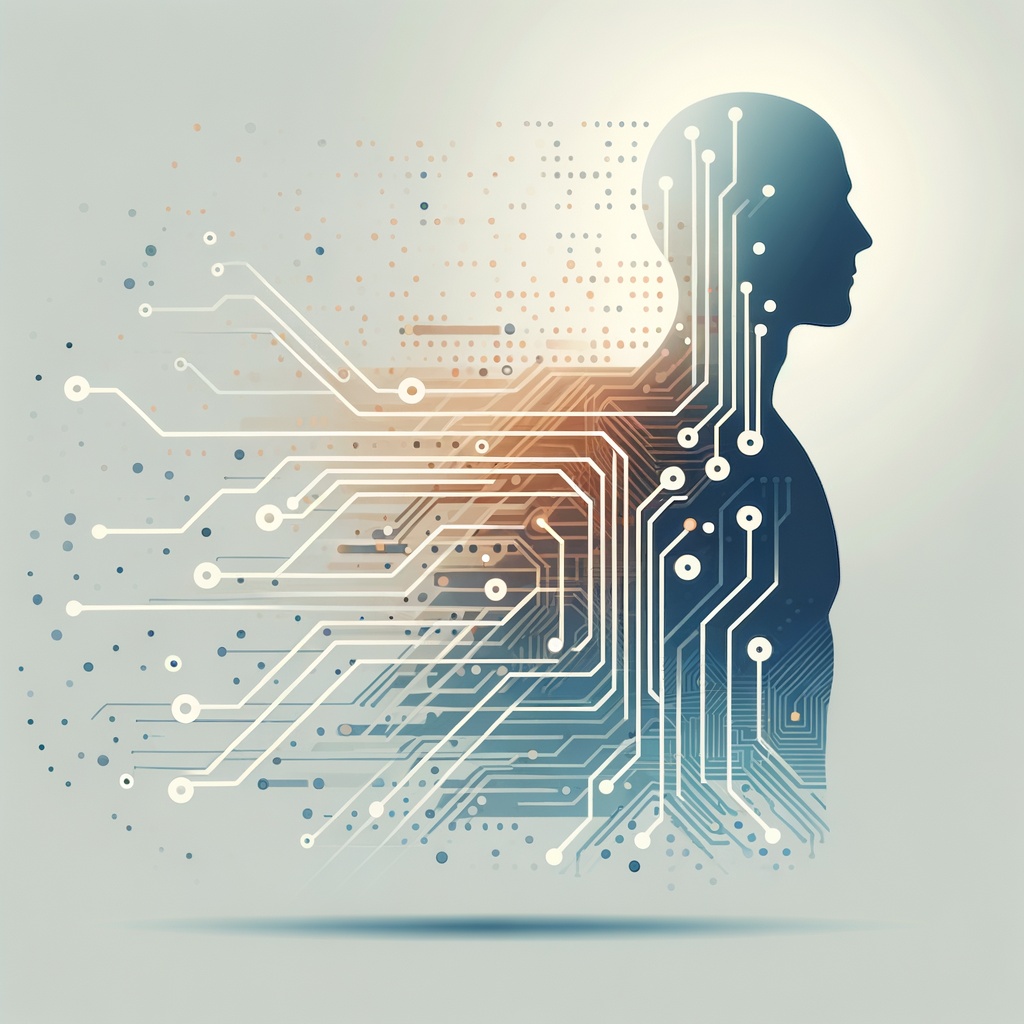
Decoding AI Symbiosis: The Future of Collaborative Machine Intelligence
Explore the emerging field of AI symbiosis, where human intelligence aligns with artificial intelligence for unprecedented collaboration. In this blog, we delve into the principles, challenges, and potential of symbiotic relationships in AI, and how these partnerships can redefine our approach to problem-solving in various domains.
Decoding AI Symbiosis: The Future of Collaborative Machine Intelligence
In the rapidly evolving landscape of artificial intelligence (AI), a new paradigm is emerging: AI symbiosis, where human and artificial intelligence merge in collaborative partnerships to amplify capabilities beyond traditional boundaries. This innovative concept envisions a future where human intuition and nuanced understanding enhance the efficiency and performance of AI systems.
As AI technologies continue to advance, the conversation has shifted from mere automation and augmentation to creating intelligent systems that can work seamlessly alongside humans. This era of symbiotic AI aims to overcome the limitations of both entities by combining human creativity and empathy with machine processing power and precision.
The Core of AI Symbiosis
At its heart, AI symbiosis involves the creation of a collaborative ecosystem where human-AI partnerships are founded on mutual enhancement rather than replacement. The synergy is achieved by designing AI systems that understand human contexts, learn from user interactions, and adapt to diverse environments in real time.
Key Components of AI Symbiosis:
- Human-AI Interaction Models: Creating models that facilitate seamless communication between humans and AI agents.
- Adaptive Learning Mechanisms: Implementing systems that learn continuously from human feedback and real-world data.
- Contextual Awareness: Developing AI with the ability to comprehend and react to varied human environmental contexts.
- Cognitive Computing: Exploring the integration of cognitive capabilities to mimic human learning processes.
Applications of AI Symbiosis
The potential applications of AI symbiosis span across numerous industries, each benefiting uniquely from these enriched capabilities.
Healthcare
In healthcare, AI symbiosis can transform patient care delivery by integrating AI diagnostics with human medical expertise. For instance, radiologists working alongside AI tools can improve diagnostic accuracy and treatment plans by leveraging AI's ability to process complex datasets at lightning speeds.
Education
In education, AI symbiosis can create personalized learning experiences by tracking student progress and assisting educators in identifying areas that require focus. Smart AI tutors can adapt their teaching strategies based on each student's learning style, supporting teachers in their efforts to improve educational outcomes.
Business Operations
Businesses can benefit from AI symbiosis by employing AI systems to aid decision-making processes. Human experts can collaborate with machine intelligence to analyze market trends, optimize supply chains, and enhance customer experiences, leading to strategic advantages over competitors.
Challenges in Implementing AI Symbiosis
While AI symbiosis holds widespread potential, several challenges must be addressed to fully realize its benefits.
- Ethical Considerations: Ensuring that AI systems are designed with a focus on ethical guidelines to prevent biases and foster equitable interactions.
- Data Privacy: Maintaining robust data protection practices to ensure user privacy while leveraging vast amounts of information.
- Technical Barriers: Overcoming the technological constraints that limit the adaptability and learning capabilities of current AI systems.
- Partnership Dynamics: Balancing the interactions and responsibilities between human and AI components to foster effective collaboration.
The Future of AI Symbiosis
As technology evolves, the vision of AI symbiosis may become an integral part of how we interact with intelligent machines. Future developments may lead to more intuitive and sophisticated AI systems capable of understanding human emotions, making complex decisions, and functioning autonomously while still in conjunction with human oversight.
Researchers and developers are actively exploring the boundaries of AI symbiosis, aiming to create a world where machines not only extend our intellectual boundaries but also enhance human experiences in meaningful ways. This synergy holds the promise of addressing some of the greatest challenges humanity faces, from climate change to global health crises.
In conclusion, AI symbiosis represents the forefront of technological innovation, offering groundbreaking opportunities to leverage the strengths of both humans and machines. It beckons us to envision a future where collaborative intelligence fosters progress and innovation across every facet of society.
Join us in this insightful exploration of AI symbiosis, and discover how embracing these forward-thinking partnerships can create a world of boundless potential.